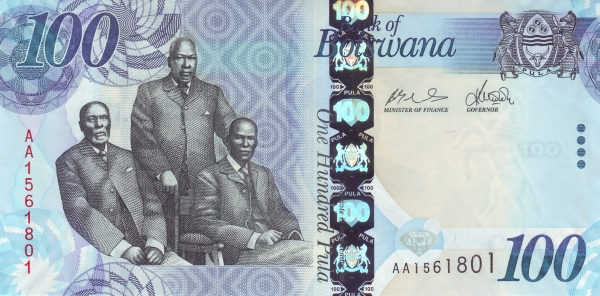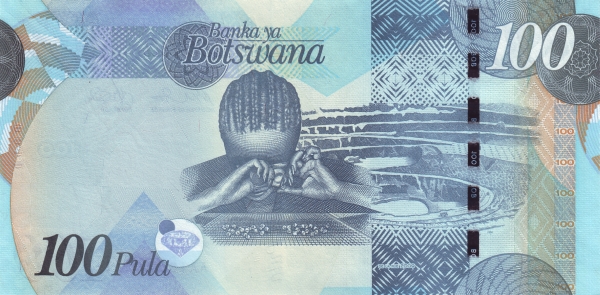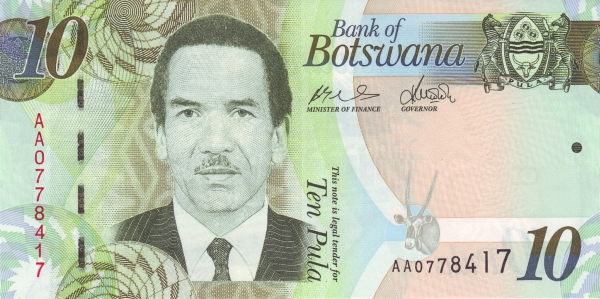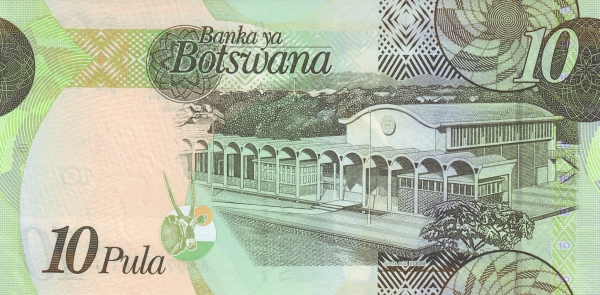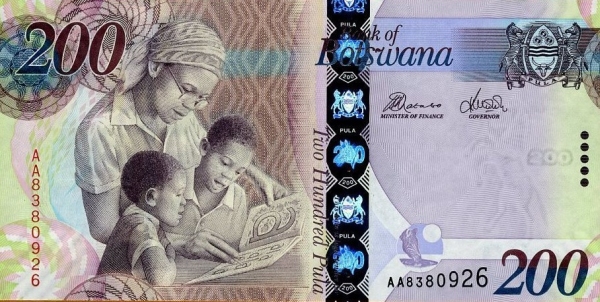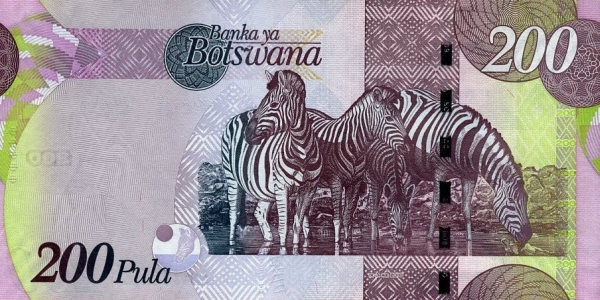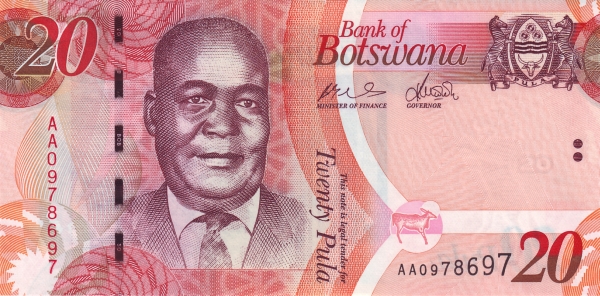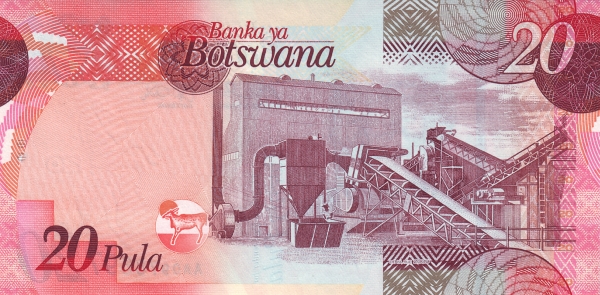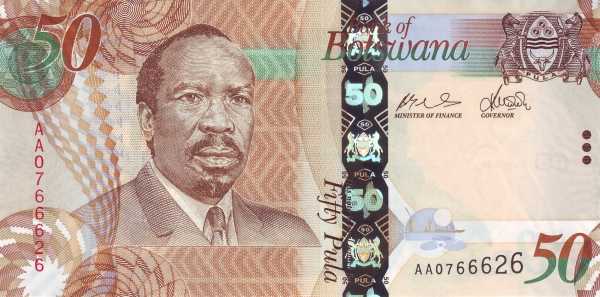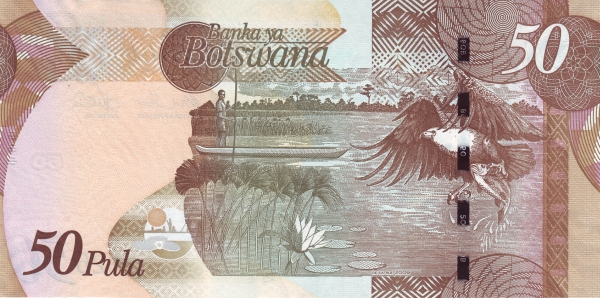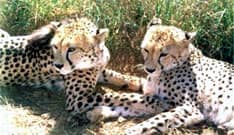Botswana: A Gem in Southern Africa
Botswana, a captivating landlocked country in southern Africa, shares its borders with Namibia, South Africa, and Zimbabwe. Covering an extensive area of 582,000 square kilometers, Botswana is slightly larger than France. Interestingly, it is just a bit smaller than the U.S. state of Texas. Approximately two-thirds of this enchanting nation lies within the Tropics, making it a hub for diverse ecosystems. Renowned for its breathtaking wilderness and wildlife areas, Botswana dedicates an impressive 38% of its total land area to national parks, reserves, and wildlife management zones.
Despite its expansive land, Botswana features a sparse population density. This sparsity mainly results from the Kalahari Desert, which blankets up to 70% of the country. This vast arid and semi-arid landscape stretches across Botswana and extends into Namibia and South Africa. According to the latest data, Botswana's population stands at about 2.2 million, with most residents concentrated in the eastern part of the country.
A Rich Historical Background
Botswana reveals a fascinating history as it formerly existed as the British protectorate of Bechuanaland. After gaining independence in 1966, the nation adopted its new name, Botswana. Since independence, the country has flourished, establishing one of the most robust economies on the continent. Diametrically opposed to many other African nations, Botswana’s economy thrives primarily on diamond mining.
Moreover, Botswana boasts an admirable democratic structure. Its multiparty system stands out in Africa, as elections consistently unfold in a free and fair manner. Every election since gaining independence has occurred on schedule, allowing for a participative political environment. Moreover, Botswana encourages participation from its small white minority and other ethnic groups, allowing them a voice in the political process.
Tourism: An Emerging Industry
Tourism is becoming increasingly vital for Botswana's economy, representing approximately 12% of the national GDP. Enthusiasts flock to this destination due to its spectacular natural beauty and unique ecosystems. Notably, the famed Okavango Delta, recognized as one of the world’s truly remarkable ecosystems, graces the land. Here, visitors experience some of the finest game viewing and birding opportunities in Africa. The Chobe Game Reserve is renowned for hosting one of the largest herds of free-ranging elephants globally, making it a prime spot for wildlife lovers and photographers alike.
In addition to the Chobe Game Reserve, travelers can explore Botswana's Central Kalahari Game Reserve. This expansive reserve promises exceptional game viewing experiences and offers visitors a taste of some of the most remote and pristine wilderness areas in southern Africa.
The Geography of Botswana
Delving into the geography of Botswana, the country lies predominantly in Southern Africa, located just north of South Africa. The terrain features a combination of desert and savanna, with predominantly flat to gently rolling tablelands. The Kalahari Desert makes up a significant portion of the southwestern region, contributing to the country’s unique landscape.
Climate: A Diverse Weather Pattern
Botswana experiences a mostly subtropical climate characterized by warm winters and sweltering summers. This climatic diversity creates ideal conditions for various flora and fauna, attracting researchers and nature enthusiasts alike.
Demographics and Society
The people of Botswana identify as Motswana (singular) and Batswana (plural). With a population of 2.2 million as of 2016, the nation showcases a rich ethnic tapestry. Approximately 79% of the population belongs to the Tswana ethnic group, while other groups comprise Kalanga (11%), Kgalagadi, Herero, Bayeyi, Himbukush, Basarwa (Bushmen), Khoi (Hottentots), and whites (about 10%).
Botswana's religious landscape reveals a predominant adherence to Christianity (60%), alongside a considerable presence of indigenous beliefs (40%). This blend of beliefs enriches the cultural fabric of the nation.
Languages and Education
In terms of language, English serves as the official medium of communication, whereas Setswana and Ikalanga are also widely spoken. The literacy rate in Botswana stands at around 68.9%, reflecting the country's commitment to education and personal development.
Natural Resources and Economy
Botswana is rich in natural resources. Some key resources include diamonds, copper, nickel, salt, soda ash, potash, coal, iron ore, and silver. Diamond mining undeniably drives the economy, making Botswana a key player in the global diamond market.
In terms of agricultural products, the country produces valuable livestock, sorghum, maize, millet, beans, sunflowers, and groundnuts. The industries thriving in Botswana encompass diamond mining, copper and nickel extraction, livestock processing, and textiles.
Trade Dynamics
When examining Botswana's trade, it is noteworthy that the United Kingdom stands as a primary partner for exports, accounting for 85.2% of the total, followed by South Africa (17.3%) and China (5%). On the import side, the UK also features prominently, comprising 24% of imports, alongside South Africa (23.4%) and Namibia (10.9%).
In conclusion, Botswana emerges as a remarkable country characterized by its rich history, stunning landscapes, and solid economic foundation. From its incredible wildlife to its vast natural resources, Botswana holds a unique place in the heart of southern Africa. With a thriving tourism industry and a commitment to preserving its natural beauty, Botswana continues to captivate the hearts of travelers and scholars alike.
Largest cities of: Botswana
| City Name | Population | Year of foundation | |
| Gaborone | 231,626 | 1966 | |
| Francistown | 100,100 | 1887 | |
| Maun | 55,663 | 1915 | |
| Molepolole | 48,900 | 1880 | |
| Lobatse | 42,580 | circa 1900 | |
| Selibe Phikwe | 22,072 | 1971 | |
| Palapye | 20,430 | 1880 | |
| Jwaneng | 19,741 | 1971 |
Botswana: Money
